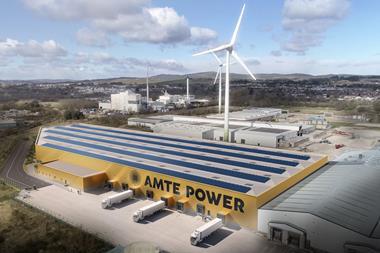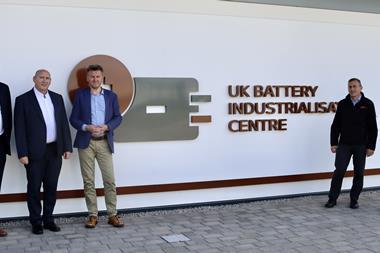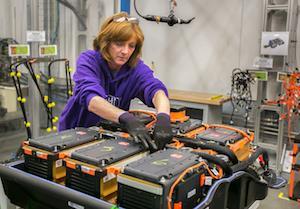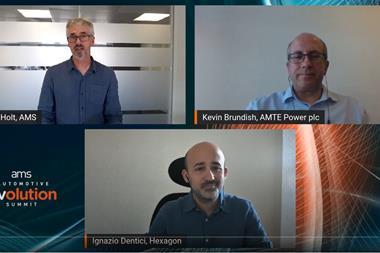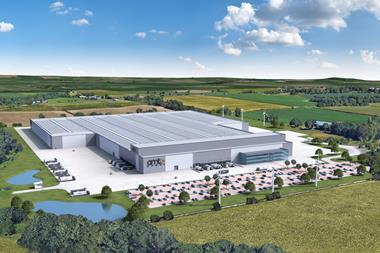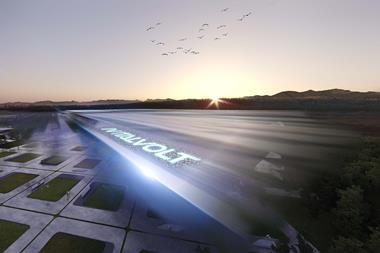Expansion plans, sustainability and new EV batteries
By Christopher Ludwig and Nick Holt2021-11-02T11:20:00
The UK has ambitious plans to create a network of giga factories producing electric vehicle batteries. Scotland-based cell manufacturing company AMTE Power is part of this programme and CEO Kevin Brundish spoke with AMS about the company’s involvement and its expansion plans
AMS: We’re calling you a battery manufacturer but obviously it’s a complicated value chain between battery cells and packs. Could you talk us through what part of this value chain AMTE is focused on?
Kevin Brundish (KB): AMTE is a lithium-ion cell manufacturing company based in Scotland. We founded in 2013 but we procured the manufacturing facility up on the North Coast of Scotland, which has been operational since the late ’90 and we’ve been making cells here in the UK for that time.
There is a complicated tiered supply chain. Where we fit into that into context is manufacturing cells. We take the processed chemicals and create a cell in one of two formats: either a cylindrical cell – a format used in the batteries you might buy in a supermarket – or a pouch format, commonly used in mobile phones.
From there the next tier in the supply chain would be [producing] a battery pack, where they take those cells and assemble them into a pack with all the control elements that’re required for the end application, which in the automotive context would be going into a vehicle at that point.































